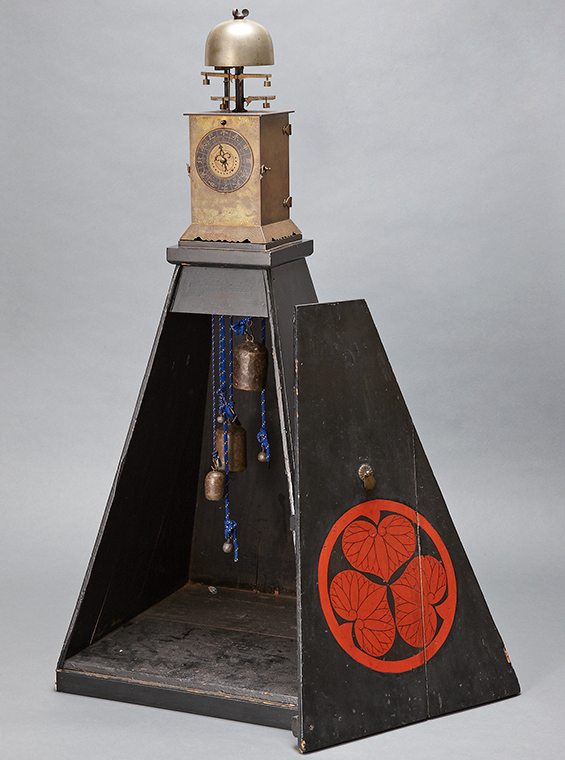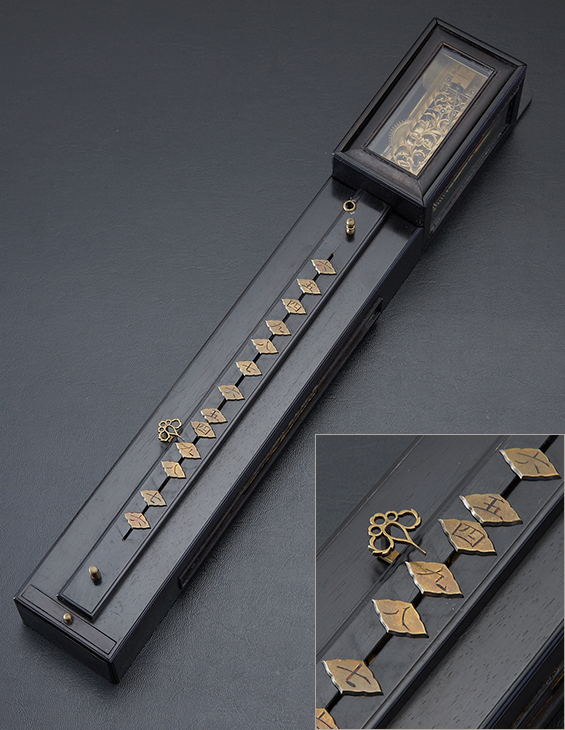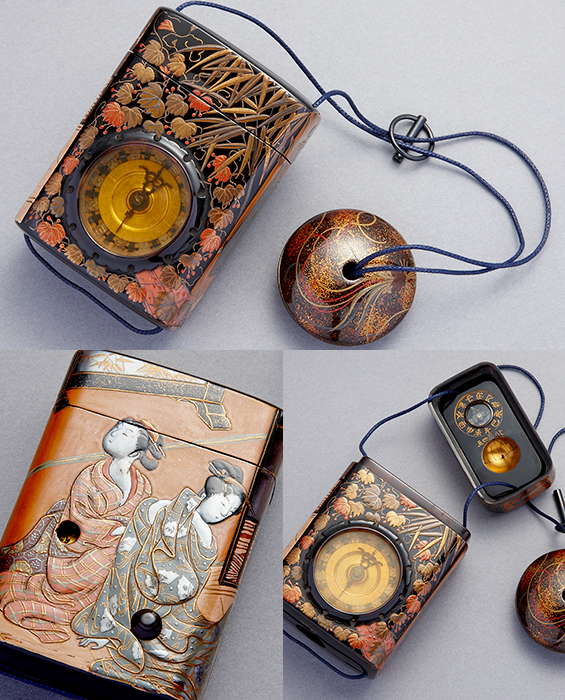The Seiko Museum
4.Treasuring Traditional Time-Keeping
The Seiko Museum has so much to offer that it can be hard to decide which exhibits are clear winners. But for many, particularly visitors from outside Japan, the collection of mechanical Japanese clocks is hard to trump. Indeed, the museum has easily one of the best collections of these timepieces, from big to small. Dozens of examples are on display and in working order. Museum officials frequently demonstrate a timepiece in action, adding to the enjoyment.
Traditional Japanese Time
To properly understand these mechanical objects, it is probably best to label them wadokei, meaning “Japanese clock.” That is because these timepieces are mostly based on Japan's traditional time system.
That setup divides the day into two zones. Each has six Japanese hours, with corresponding zodiac signs for each. This approach originated in China. The first zone is from dawn through dusk and the second is from dusk through dawn. Daylight and evening times change throughout the year, and as they evolved wadokei would have indicators, with adjustments being made periodically to reflect differing day and night lengths throughout the year. Another interesting aspect of wadokei is that time was counted backward to reflect, according to one source, the notion of time advancing as incense sticks shortened, as these were an even earlier time keeping tool.
Adopting Western-Style Mechanisms
Wadokei resemble western clocks because they originated in models that Christian missionaries brought to Japan, starting in the 16th century. Japanese craftsmen adopted these designs, using folio escapements and weight drives and ultimately twin variable regulators as best suited to Japan's adjustable time concepts. The Seiko Museum has a wonderfully large example of this. It is a lantern clock with double folio balances.
In 1873, the Japanese government adopted Western time-keeping and calendar approaches. This move effectively ended the reign of wadokei because of a resulting surge in imports of western clocks.
It was a happy consequence of history that the influx attracted Seiko founder Kintaro Hattori to deal in imported clocks and, paving the way to a new tradition of timepiece craftsmanship in Japan.

The lantern clock (yagura tokei)
Gems of Timekeeping
The three principle types of wadokei at the Seiko Museum are the lantern clock (yagura tokei), pillar clock (shaku tokei), and box watch (inro tokei). The lantern clock is designed so the pendulums can remain unseen, although many Seiko aficionados would doubtless prefer to see them in action, which thankfully they can at the museum. There are also wall and carriage clocks on display, each in immaculate condition. At the other end of the size scale are rectangular pillar clocks, with which weights descend to indicate time, and small box watches. Gentlemen carried them around in sealed cases called inro.

Striking pillar clock (shaku tokei)

Box clock (inro tokei)
These are just some of the wadokei treasures at the museum, which also has a large number of colorful woodblock Japanese prints featuring these timepieces. We will highlight some of these artworks later in this series on the Seiko Museum.
Next Up…
In the next installment of this series about the Seiko Museum, we'll overview its pocket watch collection.